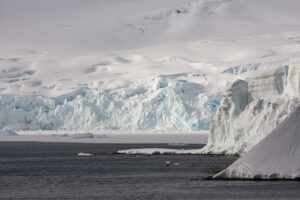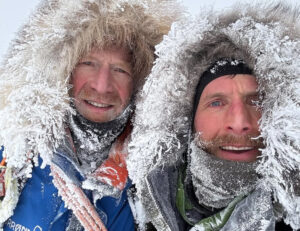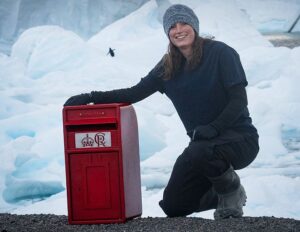Over the weekend, soaring temperatures near the planet’s poles alarmed the scientific community worldwide. Both the earth’s polar regions recorded record highs that didn’t just surpass but obliterated previous records.
Officials at the U.S. National Snow and Ice Data Center in Boulder, Colorado were tracking unusually warm Arctic temperatures on March 18, when even more erratic readings from Antarctica blindsided them.
That day, readings from the Arctic came in 10°C warmer than average, and areas around the North Pole approached or exceeded the melting point. At the same time, weather stations in Antarctica shattered records. The 3,234m high Concordia station registered -12.2°C, a massive 21˚C warmer than average.
High polar heat: what it means
The high readings weren’t the only facet of the events that made an impression on Ice Data Center scientists like Walt Meier — their simultaneity also came as a surprise. Anyone familiar with polar seasons will understand why.
“They are opposite seasons. You don’t see the North and the South (Poles) both melting at the same time,” he told The Associated Press. “It’s definitely an unusual occurrence.”
University of Wisconsin meteorologist Matthew Lazzara monitors East Antarctica’s Dome C-ii station. On Friday, it logged -10°C. The average for the date is -43°C.
“Not a good sign when you see that sort of thing happen,” Lazzara said succinctly. “That’s a temperature that you should see in January, not March. January is summer there. That’s dramatic.”
Both Lazzara and Meier said that the anomalous Antarctic temperatures are probably random — not signs of climate change. They did appear to flag it for future monitoring, though. If the phenomenon recurs, it might merit attention as part of a more comprehensive pattern.
Meier said that “a big atmospheric river” most likely poured warm, moist air over the continent from the Pacific Ocean. Similarly, warm Atlantic air swept into the Arctic off the northern coast of Greenland.

Going, going? Sea ice in Baffin Bay. Photo: Jerry Kobalenko
Though Friday’s events may have been random, they signify noteworthy data points in broadly measurable shifts. The Arctic as a whole checked in at 3.3°C warmer last week than the recorded average from 1979 to 2000. By comparison, the planet was only 0.6°C warmer than average.

An iceberg dwindles off the coast of Greenland. Photo: Jerry Kobalenko
Antarctica also experienced one of the least icy summers since record-keeping began in 1979. Ice coverage shrank to an all-time low of 1.9 million square kilometers in late February.






